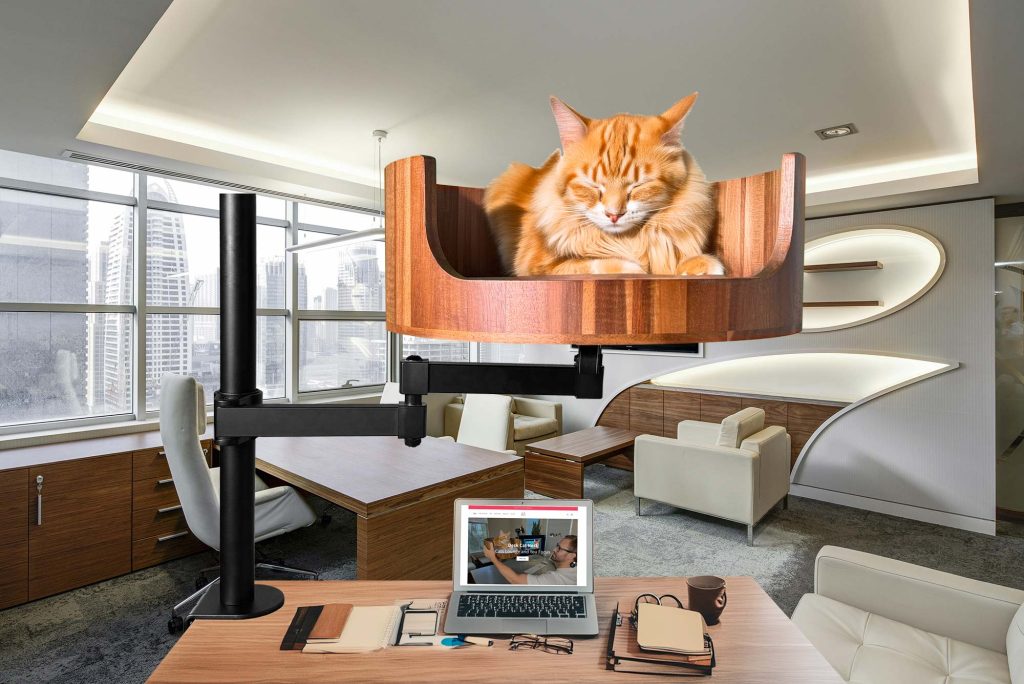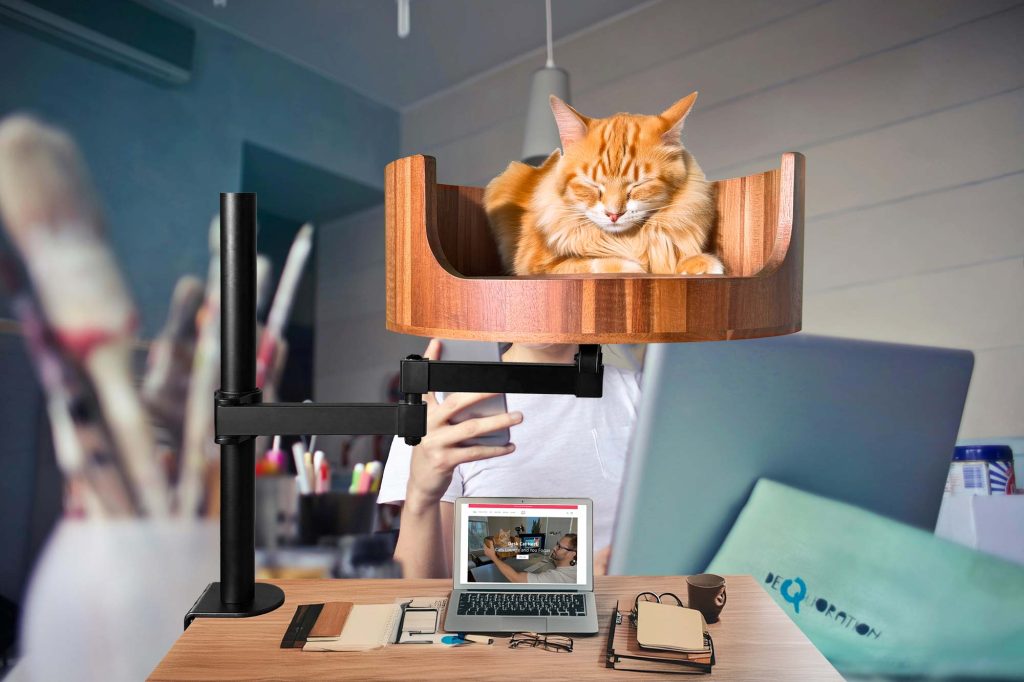If you’ve ever owned a cat, you may have noticed their peculiar habit of chasing and eating flies. This behavior might seem random or even unimportant, but in reality, it is a fascinating aspect of feline behavior that reveals much about their instincts and hunting skills. Cats have a long history of being skilled hunters, and their ability to catch flying insects like flies is a testament to their agility and precision. In this article, we will explore the reasons behind why cats eat flies, the potential dangers of this behavior, and how it relates to their natural instincts as predators.
One of the most intriguing aspects of cats eating flies is the way in which they stalk and pounce on their prey with incredible accuracy and speed. This behavior is not just a fun game for cats; it actually serves as a form of exercise and mental stimulation that mimics the hunting instincts of their wild ancestors. Additionally, eating flies provides cats with a source of protein and nutrients that might not be present in their regular diet of cat food. However, there are also potential risks associated with this behavior, such as the possibility of ingesting toxic chemicals or parasites that flies may carry. By delving into the reasons behind cats eating flies, we can gain a deeper understanding of our feline companions and appreciate the unique behaviors that make them such fascinating creatures.
1. Cats eat flies for a variety of reasons, including instinctual hunting behavior and nutritional benefits.
2. Eating flies can serve as a form of entertainment and mental stimulation for indoor cats, helping to satisfy their natural predatory instincts.
3. It is important to monitor your cat’s fly-eating habits to ensure they are not consuming harmful insects or pesticides.
4. Providing interactive toys and feeding puzzles can help satisfy your cat’s hunting instincts and reduce the need for fly consumption.
5. Understanding and embracing your cat’s unique behaviors, such as eating flies, can strengthen the bond between you and your feline companion.
Cats’ natural hunting instincts
Cats are natural hunters, and their behavior of eating flies is a reflection of this instinct. In the wild, cats rely on hunting for survival, and this behavior has been hardwired into their DNA over generations. Cats are agile and quick, making them effective hunters of small flying insects such as flies. When they see a fly buzzing around, their instincts kick in, and they go into hunting mode. This behavior is not only natural but also provides mental and physical stimulation for cats.
Benefits of cats eating flies
While some people may find the act of cats eating flies off-putting, there are actually some benefits to this behavior. Flies are a common household pest that can carry diseases and be nuisance. By catching and eating flies, cats can help control their population in the home. Additionally, chasing and catching flies can be a form of exercise for cats, helping them stay active and maintain a healthy weight. It also stimulates their predatory instincts, keeping them mentally sharp and engaged.
Risks of cats eating flies
Despite the benefits of cats eating flies, there are also some risks associated with this behavior. Flies can carry parasites or harmful bacteria that can be transmitted to cats through ingestion. Ingesting a fly that has been in contact with pesticides or other chemicals can also be toxic to cats. Furthermore, some flies may be carrying diseases that can be harmful to cats. It’s important for pet owners to monitor their cats’ behavior and prevent them from consuming large quantities of flies to reduce these risks.
Desk Cat Nest FAQ
Will the Desk Cat Nest prevent my cat from eating flies?
The Desk Cat Nest provides a cozy and elevated space for your cat to relax, which can discourage them from chasing and consuming flies. However, it may not completely eliminate this behavior.
Is the Desk Cat Nest easy to assemble?
Yes, the Desk Cat Nest comes with easy-to-follow assembly instructions and should only take a few minutes to set up.
Can multiple cats use the Desk Cat Nest at the same time?
Depending on the size of your cats, the Desk Cat Nest can accommodate multiple cats simultaneously. However, it is recommended to monitor your cats’ behavior to ensure they are comfortable sharing the space.
Is the Desk Cat Nest durable?
The Desk Cat Nest is made of high-quality materials that are sturdy and durable, ensuring it can withstand the weight and activity of your cat over time.
Can the Desk Cat Nest be easily cleaned?
Yes, the Desk Cat Nest features removable and washable covers for easy cleaning. Simply follow the care instructions provided to maintain the nest’s cleanliness.
In conclusion, the Desk Cat Bed is a valuable choice for cat owners looking to prevent their feline friends from eating flies. Not only does it provide a comfortable and safe space for cats to lounge, but it also helps to keep them away from potential fly temptations. With its cozy design and sturdy construction, the Desk Cat Bed offers a practical solution to keeping cats content and fly-free. Say goodbye to the worry of your cat ingesting harmful insects and hello to a peaceful and fly-free environment with the Desk Cat Bed.


